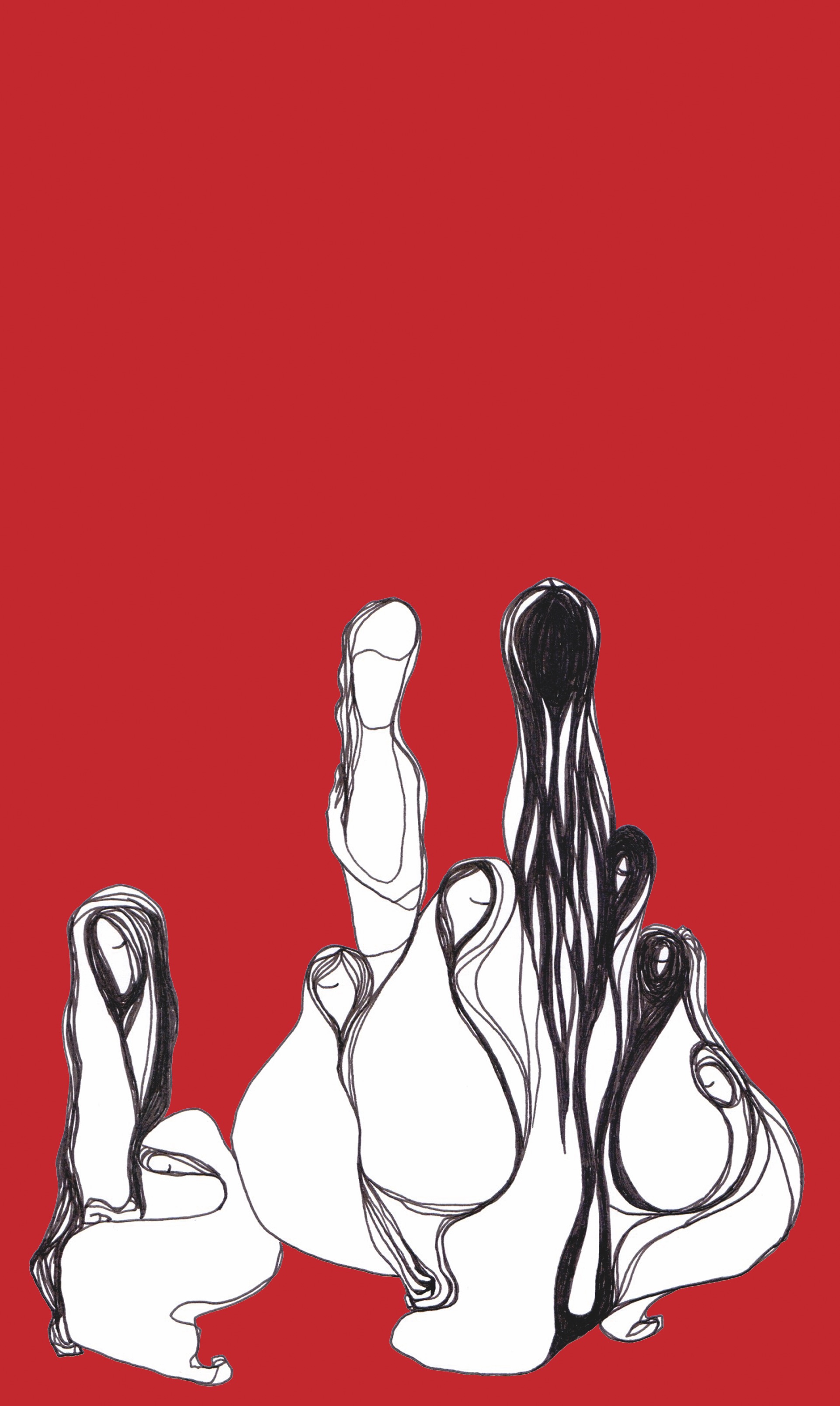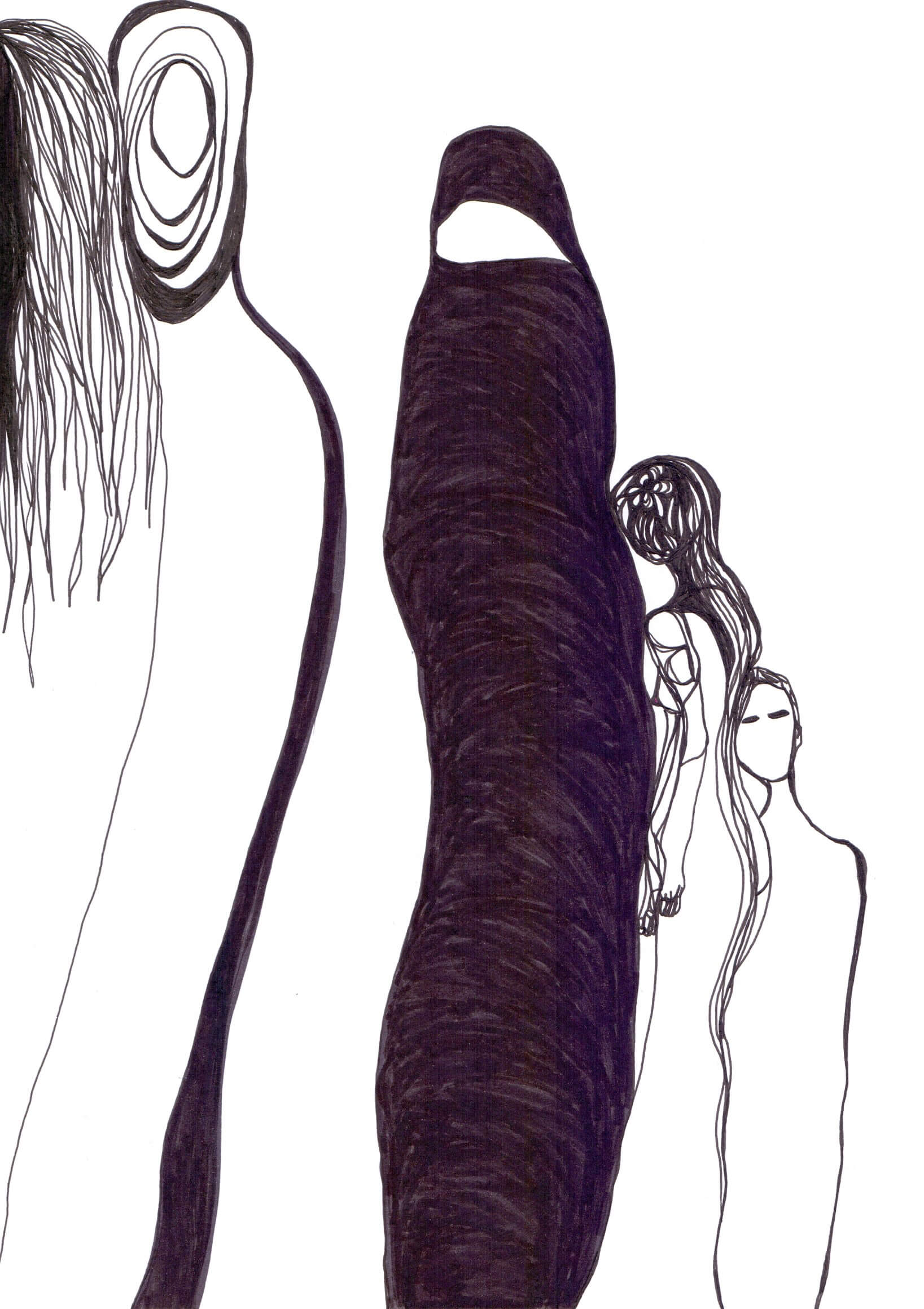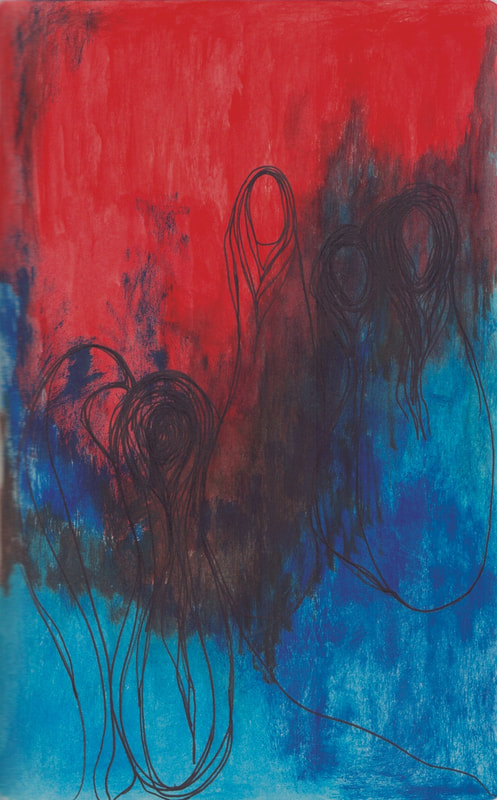
As I hid in my wardrobe amongst shoes and piles of vintage dresses pressed on top of me, struggling for breath, my heart was pounding as hard as it could, jet flights flew over my apartment and distant loud bangs could be heard.
Does it matter where I was, it could have been any country ravaged by war. Does it matter which side of a war a person takes, each individual has his own perspective, each person on any side of a gunshot, has a mother, father, family or friend crying. Tears of war affect all sides and all families.
It just so happened that I was back in a country that as a very small child, during the civil war, I had spent some time with my parents up in the mountains, seeking shelter, in a bubble away from the streets of death and away from the abandoned bodies, where life was faking a smile through the music. And yet, the war sounds, stories and a few close escapes, stayed with me.
And there I was, back in Lebanon, hiding in my wardrobe, or was it under a bed, does it matter really where…
Rewind back to 2006, I was in Beirut, working at fashion house Elie Saab. Creative adventure had come into action, and I had leaped into the land of the Cedars.
Days spent arguing over chiffon, lost in the mist of Lebanese sunlight glistening the fabric, at a distance, a call to prayer, the young of the city back home from an after party and Beiruties out and about working.
Haute Couture was in full swing.
Bits of fabric scattered on my desk, embroidery drawings ready to be made into samples, designs in piles of yes and no, and my hungry rumbling tummy, made for what seemed to be the start of a typical day.
As we sat drawing and researching, the sound of a gunshot went unheard, but the smell of the barrel of the gun was rampant; we wondered if it came from a leaked fabric dye.
The following morning, the smell of war filled the sky.
Electricity was cut, walls were shaking, roads were deserted. Life from one day to next had changed lanes. The trendy nightspots that were a refuge to the young kept going, but played more to the music of caution.
Fear turned into memories of another time, of another war and into thoughts, to questions, to the trivia of what we had deemed as important. My mind pressed rewind through highs and lows, fashion discoveries, stress, necessity espresso drinking, getting jaded, getting excited, tears and joys. And then, fast forwarded to thoughts that had gathered like chiffon by the staircase at work in Beirut, whilst admiring the beautiful view of the Italianate mansion ruins, from a distance faded posters of the journalist Samir Kassir assassinated for his political views could just about be made out. Thoughts whispering to me: how relevant was fashion really in the grand spectrum of things?
Through the years, it had seemed to me that it could be, I had made clothes out of trash and on freedom of expression. But there I was in a war torn country, and for a time I could not see the relevance anymore. Could stitching fabric help stitch the world?
.jpg)
That push is very much present in the history of fashion with political connection. The suffragettes used fashion in what we now could deem as unconventional, “they sought to effect change not by challenging contemporary fashion and ideals of femininity, but by conforming to them.” (Blackman: The Guardian: 2015). From another perspective, Coco Chanel, in her day liberated women through her fabric choice as “much of Chanel’s clothing was made of jersey […]. Until the designer began to work with it, jersey was more commonly used for men’s underwear” (Krick: The Met, 2004). Whichever way fashion was used and whichever era, we can see that it was utilised as a political tool or for identity politics. Fashion is about ideas, and ideas form part of politics.
“Clothing has political significance because it affects the relationships among citizens. Clothing is not simply a private or personal matter; it implies the existence of an intersubjective social world in which one presents oneself and is seen by other”(Miller: 2005, p3).
Fashion as a political tool, or politics as a source used by fashion has been in these last years more at the forefront. Screaming out loud "this is my political view" has, we could argue, been normalised.
Last summer at the Central St Martins BA Press Show, the designer Philip Ellis’s collection was a nod to the anti-Brexit sentiment; armbands and badges with political slogans embellished his garments and fuelled his collection.
During New York Fashion Week FW/17, in response to the current political climate in America, Raf Simons debut for Calvin Klein played “this is not America” by David Bowie and on the official calendar of the CFDA designer Raul Solis of Mexican heritage from LRS Studio, sent down the catwalk girls wearing white knickers written on: “F*** the Wall”, “No Ban No Wall”.
If as Michel Foucault states "Power is everywhere; not because it embraces everything, but because it comes from everywhere" (Philp:1983, p34) then the ‘political’ power of fashion should not be undermined. Outdoing others in creative duels might feed the trend, but politics can be the real driving force. By wearing the “I am not a terrorist” t-shirt by Vivienne Westwood, or from NYFW 2017 “The Future is Female” by Prabal Gurung and “We Are All Human Beings” by Creatures of Comfort, a person is taking a stance and opening up to other groups of people that feel the same. Whatever we wear, literal quotes as those t-shirts or more subtle attire, we are speaking to others through the language of fashion. Sometimes putting forth dress codes, sometimes confining to dress norms. Today, in what we have come to call the ‘West’, women wearing trousers is a norm, but it once was a political act and still is in parts of the world.
Whether fashion commercialises a political thought, could be a point to consider. Che Guevera’s face has been plastered across T-shirts and sold in many clothes markets, and paradoxically, Chanel Cruise (2016/2017) showed in Havana Cuba. However, we could argue that by commercialising a ‘notion’, it also widens the reception of a message brought in by fashion, through the widening of its audience. The punk era has seen its underground fashion go up to the mainstream, but with that, break boundaries and prejudices.
A piece of clothing has an outer being and an inner one. Where it started its life without us, the consumer, also has political implication. From its conception, the story behind the design, if it has been ethically created, or helped communities, the supply chain is very much in the realm of politics and now at the forefront of political fashion. From the Ethical Fashion Initiative to Dress for Our Time, there are waves of brilliant minds using fashion to fly the flag for how best to shape the future of the fashion industry.
It’s not that fashion has to be political, maybe it always was political without having to say so, but fashion as a political tool, a soft power, can shake and break down walls.
.jpg)
Back in Beirut, having been shaken by a loud blast, reality had come crawling back into my wardrobe. And any political fashion analysis I also had then, had to be dispensed from my mind.
Escaping to the mountains and, a never-ending road trip came next.
Luckily I found myself on one of the evacuee’s ships with the Royal British Marines. Most possessions had to be left behind, a reminder that fashion is not about a trend, not about clothes, but about a team you work with, an idea, and sometimes a way to showcase notions and concepts. Some had left via the road that led to Syria, but the guilt of leaving family, friends, and others was palpable and as we rid the waves, the sun set on the bay of Beirut.

Through the creative realm, culture, fashion and art, human connection and interaction can find a path of empathy and perspective. Creativity is a good starting point and can lead the way. In Lebanon, creative industries, alongside the optimism that fills the Lebanese soul and sky have, despite many years of destruction, created resilience, survival and rebirth. Fashion has come in alternate stages throughout, necessity trade, survival, escapism, globalisation, creative voices reaching across land and sea, holding hands with creative spirits across the world. Trade and creativity can bring people together. These tools could help if not always reach peace, then start the search for it.
Fashion explosion has burst onto our sleeves, heels and hearts. Streets, catwalks, culture, beliefs, are all to blame. International fashion pinning and global lust can build bridges. Fashion hits you when you least expect it, intoxicating us with emotions we momentarily never deemed possible, inviting avant-garde fashion fencing, suffocating us with trends and coolness, and exposing us to intricate cuts and thrills. Daring designers create explosive fashion that travels across the world and brings forward a form of communication.
“When in 1784 Kant asked, Was heisst Aufklärung?, he meant, What's going on just now? What's happening to us? What is this world, this period, this precise moment in which we are living?”(Foucault: 1982, p785). As we are currently seeing, fashion is, as ever, infused within the political. During the election in the USA and through the Prime Ministerial hand over in the UK, the women involved, Hilary Clinton and Theresa May’s fashion seemed to be mentioned as much as their politics. Furthermore, many from the creative world protested against Brexit, and against a fascist looking world.
The fashion industry is filled with fighting spirits. It’s the battleground for the creative. Sometimes we duck down and avoid a blade or two, sometimes fight tooth and nail for an idea and sometimes live amongst the fashion peace corps, where team work and true design prevails.
I would die for couture, for that dress, some people may say, and though we may be attracted to a garment for aesthetic reasons, there’s a hidden meaning in every garment. A fashion blast in more ways than one. A political tool not ready to give up the fight.

The Subject and Power by Michel Foucault
Critical Inquiry, Vol. 8, No. 4 (Summer, 1982), pp. 777-795 Published by: The University of Chicago Press http://www.jstor.org/stable/pdf/1343197.pdf
Cally Blackman “How the Suffragettes used fashion to further the Cause” Thursday 8 October 2015, The Guardian
https://www.theguardian.com/fashion/2015/oct/08/suffragette-style-movement-embraced-fashion-branding
Jessa Krick, “Gabrielle “Coco” Chanel (1883-1971) and the House of Chanel”
The Costume Institute, The Metropolitan Museum of Art, October 2004
http://www.metmuseum.org/toah/hd/chnl/hd_chnl.htm
Fashion and Democratic Relationships by Joshua I. Miller
Polity, Vol. 37, No. 1, Fashion for Democracy (Jan., 2005), pp. 3-23 Published by: The University of Chicago Press http://www.jstor.org/stable/pdf/3877060.pdf
Foucault on Power: A Problem in Radical Translation? by Mark Philp
Source: Political Theory, Vol. 11, No. 1 (Feb., 1983), pp. 29-52 Published by: Sage Publications, Inc. https://www.jstor.org/stable/pdf/191008.pdf
What is "Politics" by Giovanni Sartori
Political Theory, Vol. 1, No. 1 (Feb., 1973), pp. 5-26 Published by Sage Publications, Inc. http://www.jstor.org/stable/pdf/191073.pdf
.jpg)
words and illustrations by Nour Saleh
